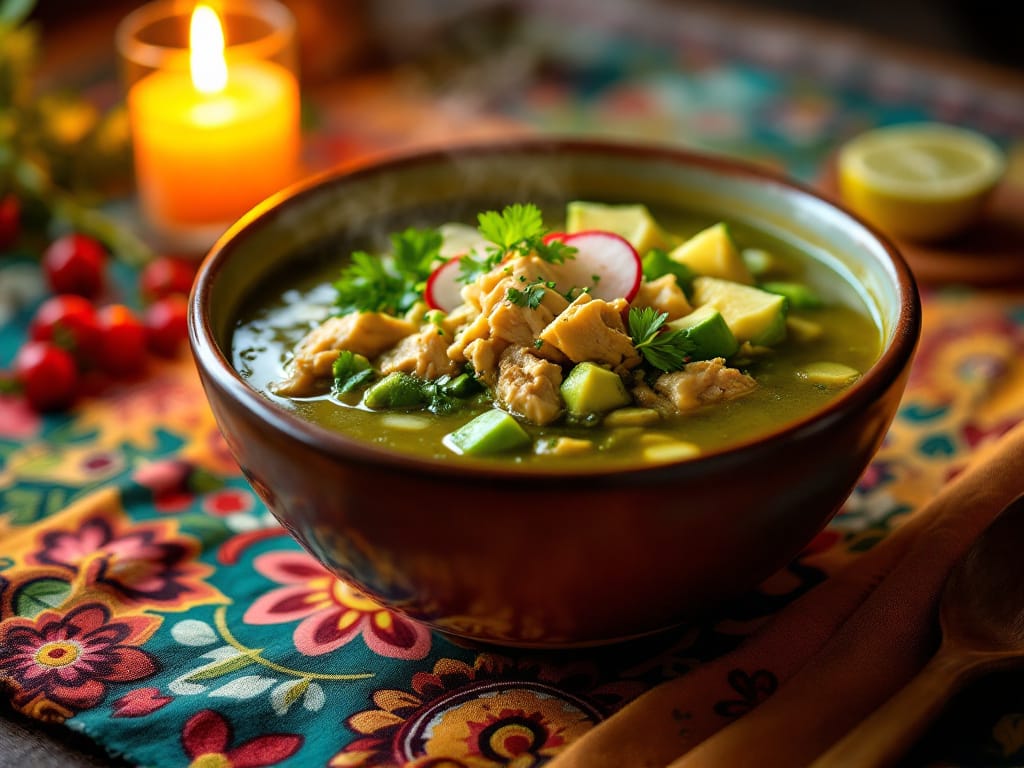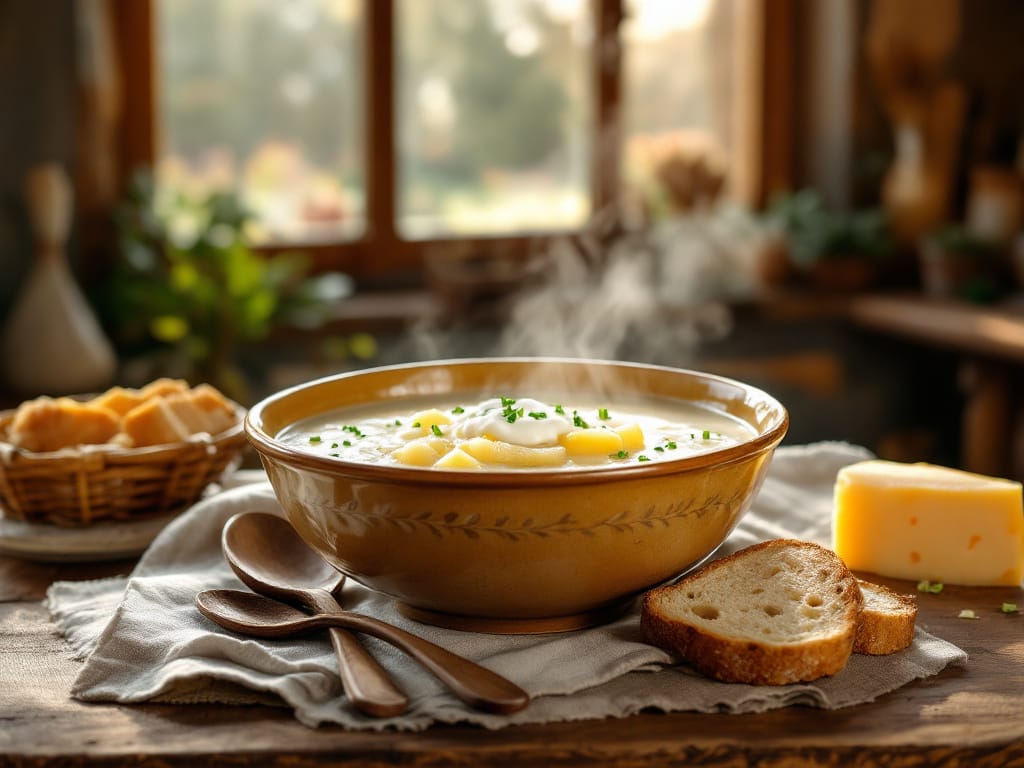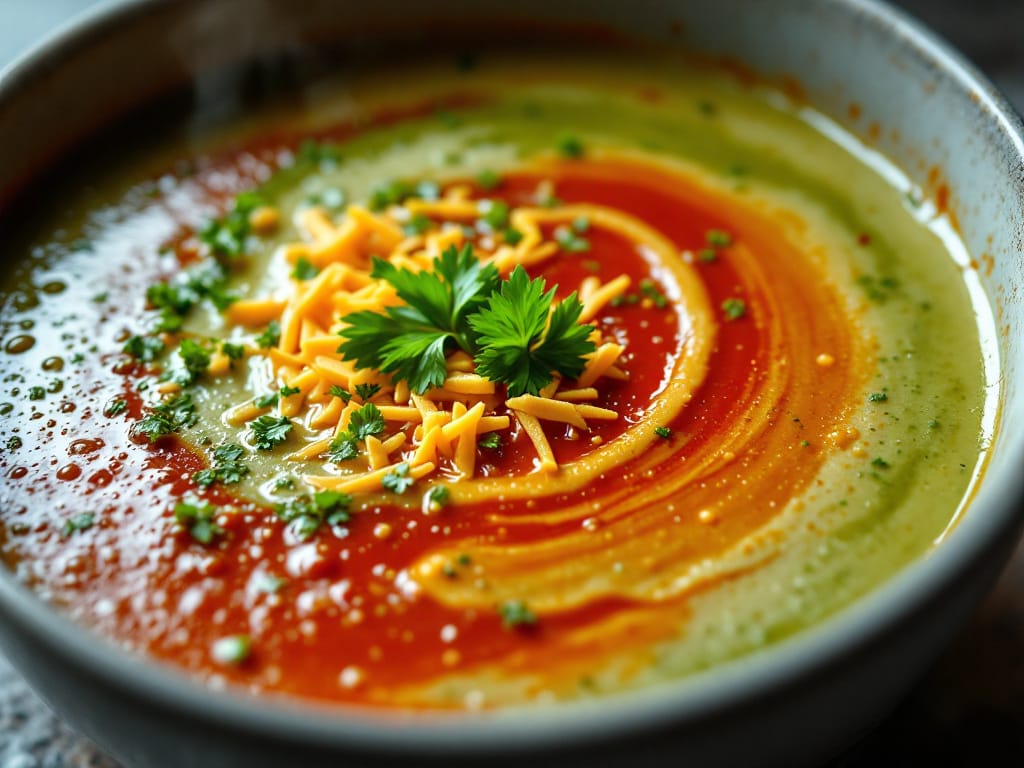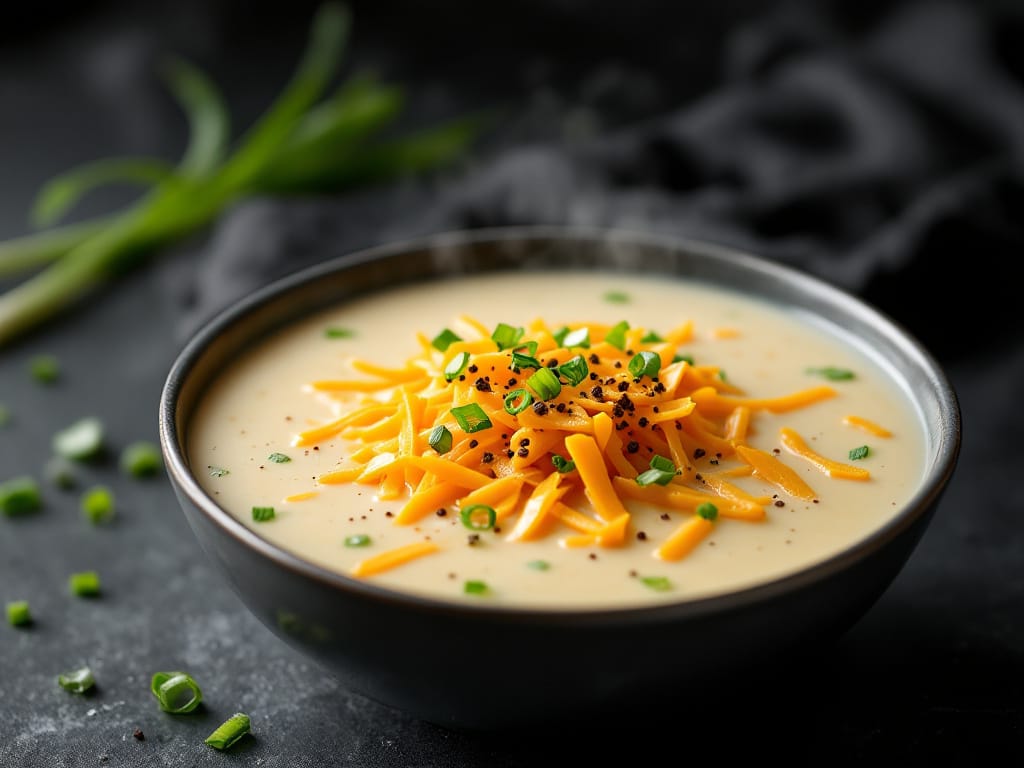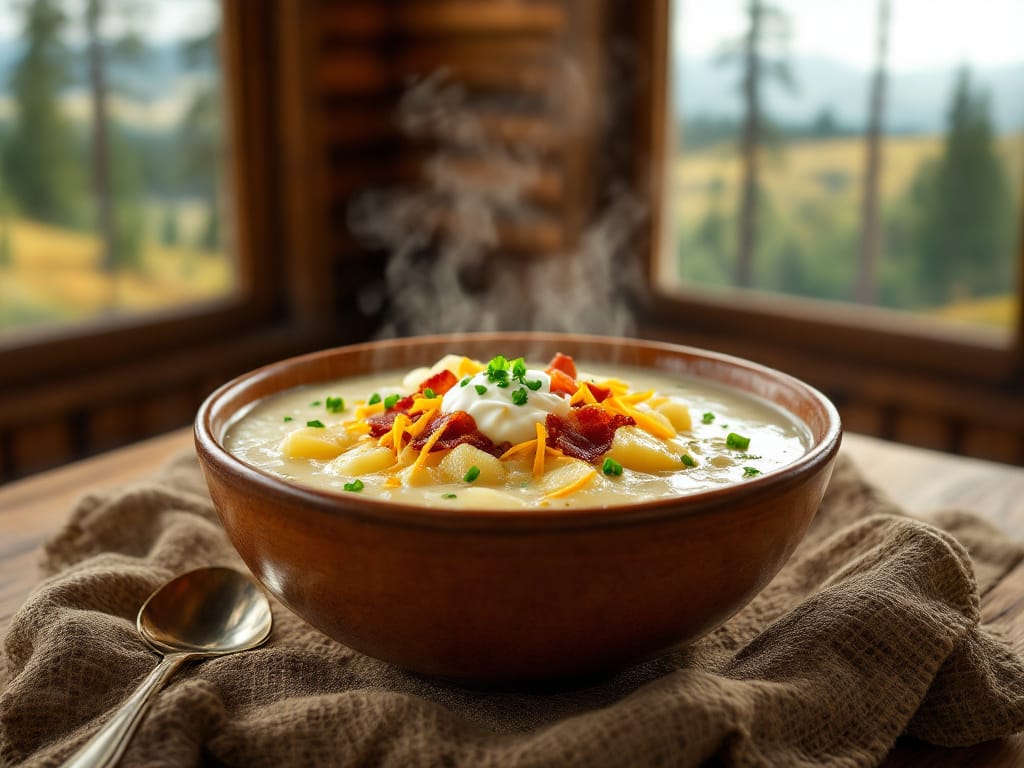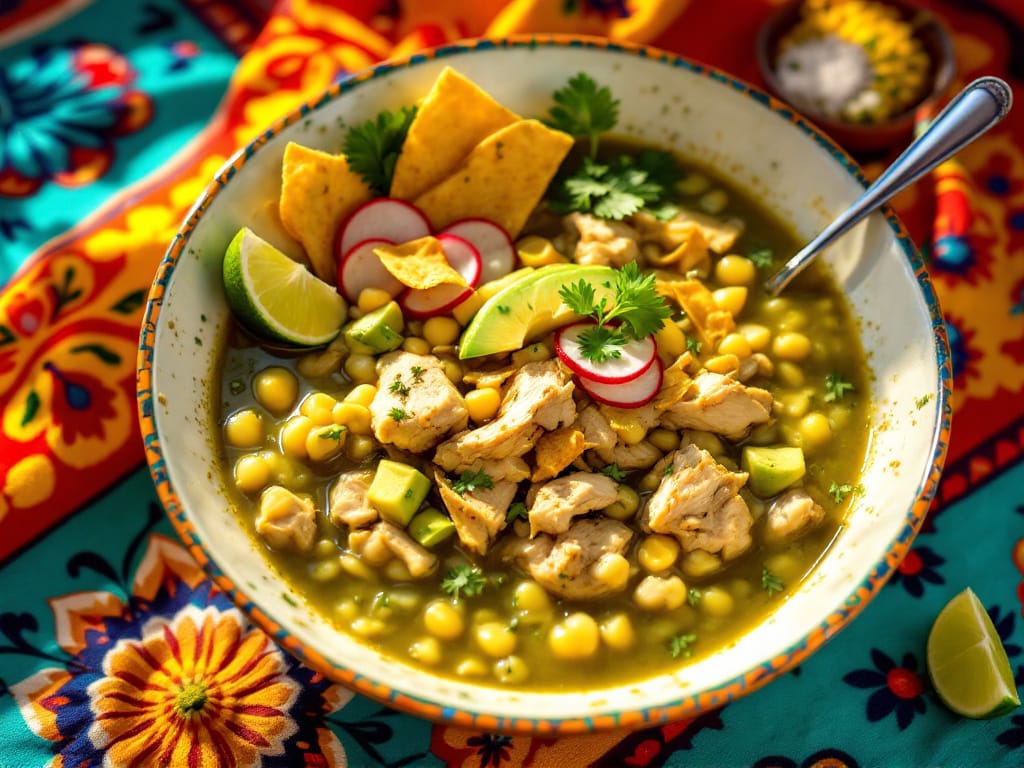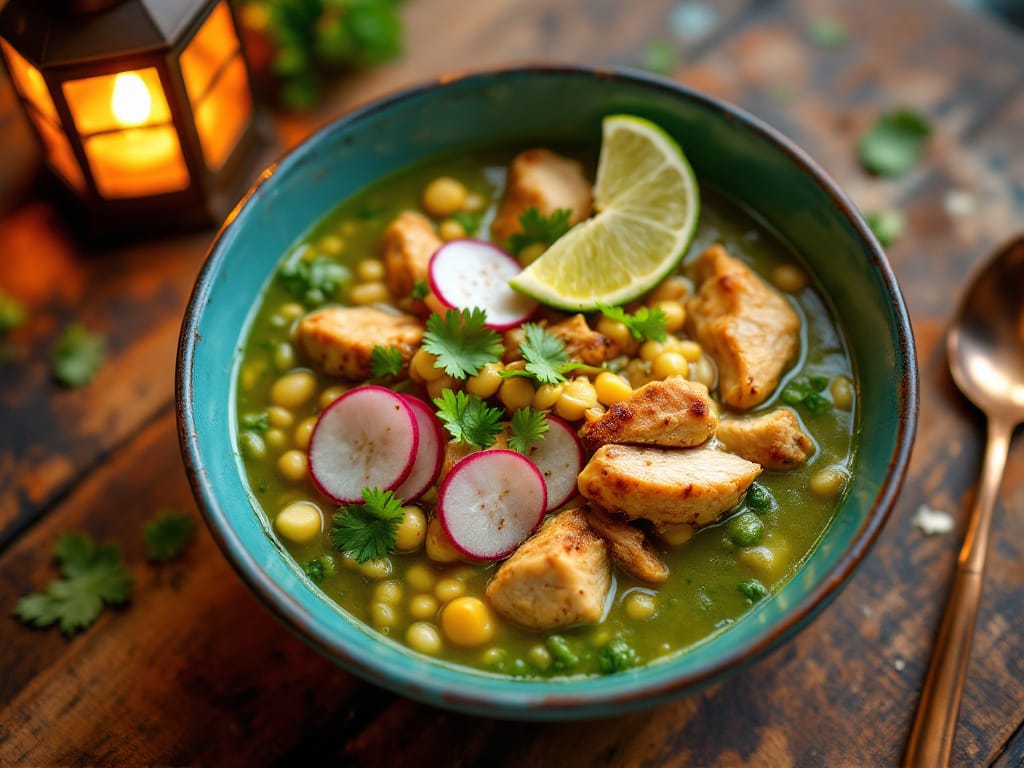Pozole, a beloved Mexican dish, is famous for its hearty broth, vibrant garnishes, and, of course, its meat. While traditional pozole often features turkey, the dish has evolved to include a wide variety of meats that cater to different tastes and dietary needs. But what are the different types of pozole meat? From chicken to seafood, and even vegetarian alternatives, this guide explores all the delicious options and their impact on flavor, texture, and tradition.
Introduction to Pozole and Its Meat Variations
What is Pozole? A Traditional Mexican Dish
Pozole, pronounced poh-SOH-leh, is a classic Mexican stew that has been enjoyed for centuries. Originating in Mesoamerican cultures, it was once a ceremonial dish served on special occasions. The dish’s main ingredients—hominy (nixtamalized corn), a flavorful broth, and tender meat—combine to create a meal that’s as comforting as it is celebratory.
Types of Pozole and How Meat Plays a Role
Pozole comes in three primary variations:
- Red Pozole (Pozole Rojo): Known for its smoky, slightly spicy red sauce, this type often features turkey or beef.
- Green Pozole (Pozole Verde): With a tangy green sauce made from tomatillos and green chiles, chicken or seafood pairs beautifully with its fresh flavors.
- White Pozole (Pozole Blanco): The simplest version, made without added sauces, allowing the broth and meat—typically turkey or chicken—to shine.
The type of meat you choose can transform the entire dish. Turkey adds richness, chicken brings lightness, and seafood creates a unique coastal twist. Each variation offers a delightful blend of textures and flavors, proving that pozole is as versatile as it is delicious.
Traditional Pozole Meat Choices
Beef: The Most Common Meat in Pozole
When discussing what are the different types of pozole meat, beef naturally takes the top spot. Known for its rich flavor and tender texture, beef has been a traditional choice for centuries. Popular cuts include beef shoulder, beef butt, and beef belly, each offering a balance of fat and meat that enhances the stew’s hearty broth.
The slow-cooking process allows the beef to absorb the smoky, spicy, and earthy flavors of the broth, resulting in a comforting dish that’s perfect for celebrations or everyday meals. For a guide to making classic beef pozole, check out this beef pozole recipe guide.
Chicken: A Leaner and Lighter Option
For those seeking a lighter alternative, chicken is a popular and widely embraced choice. Unlike beef, chicken adds a milder flavor that lets the broth’s spices shine. Skinless chicken breast or thighs are commonly used for their lean protein and tender texture.
Not only does chicken pozole provide a healthier option for those watching their fat intake, but it also cooks faster, making it a convenient choice for weeknight dinners. Pairing chicken with green pozole’s tangy tomatillo sauce creates a refreshing and vibrant variation that’s equally delicious and nutritious.

Modern Pozole Meat Alternatives
Beef Pozole for a Robust Flavor
Beef offers a bold and hearty twist on the traditional dish. Cuts like brisket, chuck roast, or even beef shank bring depth and richness to the broth, creating a stew that’s satisfying and full-bodied.
When thinking about what are the different types of pozole meat, beef stands out for its ability to adapt to both red and white pozole. The natural marbling in beef adds a velvety texture to the broth, while its robust flavor pairs beautifully with the smoky notes of red pozole.
Seafood Pozole: A Coastal Twist
For a unique and unexpected take, seafood pozole incorporates ingredients like shrimp, fish, or clams. This coastal variation is particularly popular in regions near the ocean, where fresh seafood is readily available.
Seafood pozole is light yet flavorful, with a broth that’s often infused with lime and fresh herbs. Balancing the natural sweetness of the seafood with traditional pozole spices creates a dish that’s both refreshing and comforting.
Plant-Based and Vegetarian Pozole Options
Meatless Alternatives for Pozole
If you’re wondering what are the different types of pozole meat for vegetarian diets, you’ll be happy to know there are plenty of creative options. Meatless pozole maintains the hearty and flavorful essence of the dish using ingredients like jackfruit, tofu, or tempeh.
Jackfruit, with its shredded texture, mimics the feel of pulled meat, making it an excellent choice for plant-based pozole. Tofu and tempeh, on the other hand, absorb the spices and flavors of the broth, offering a satisfying bite. The key to a great vegetarian pozole is crafting a rich, flavorful broth with ingredients like dried chiles, garlic, and onions.
Adding Beans and Vegetables as Protein Sources
For an even heartier vegetarian pozole, consider incorporating black beans, pinto beans, or even garbanzo beans. These legumes not only provide a protein boost but also enhance the dish’s texture and flavor.
Vegetables like zucchini, mushrooms, or corn kernels add depth and variety, ensuring every spoonful is both delicious and nutritious. These combinations prove that pozole doesn’t need meat to be a satisfying and comforting meal.
For more plant-based recipe inspiration, check out this vegetarian pozole recipe guide.
Combining Meats for Unique Pozole Flavors
Blending Traditional and Modern Meats
For those who love experimenting, combining meats is a fantastic way to create unique flavors. A mix of turkey and chicken strikes a balance between rich and light, while adding beef and turkey creates a deeply satisfying broth.
Combining meats also allows you to play with textures. For example, tender turkey paired with shredded chicken offers a dynamic eating experience. This approach works particularly well in pozole rojo, where the bold flavors of the broth complement the layered textures of mixed meats.
Innovative Meat Choices for Convenience
Modern kitchens call for convenient options, and pozole is no exception. Using ground meat, sausage, or even rotisserie chicken simplifies the cooking process without sacrificing flavor. Ground meat, for example, cooks quickly and evenly, making it an excellent choice for busy weeknights.
Rotisserie chicken, already cooked and seasoned, can be shredded and added to the broth for a quick and delicious meal. These innovations ensure that pozole remains accessible to everyone, regardless of time or cooking experience.
FAQs About Pozole and Meat Choices
What is Pozole Originally Made Of?
Pozole has deep roots in Mexican history, originally made with hominy and turkey. The turkey’s richness blends seamlessly with the smoky, spiced broth, creating a hearty dish. Over time, the recipe has evolved, introducing new types of meat while keeping its traditional essence intact.
How Do Mexicans Eat Pozole?
Pozole is a staple at family gatherings and festive occasions. It’s served with a variety of fresh garnishes like shredded cabbage, sliced radishes, lime wedges, and diced onions. Accompanying sides, such as tostadas or tortilla chips, add texture and balance. This communal aspect of preparing and garnishing pozole makes it a cherished tradition.
Is Pozole Healthy?
Yes, pozole can be a nutritious choice, especially when prepared with leaner meats or plant-based alternatives. The dish is high in protein and fiber, thanks to its meat and hominy base. Adjusting toppings and seasoning can further tailor pozole to specific dietary needs, proving that this traditional dish can fit into a modern, healthy lifestyle.
Beef Pozole Recipe: How to Get Started?
Creating a flavorful beef pozole starts with selecting the right cut of meat, such as brisket or chuck roast. These cuts provide a rich, tender base for the broth. Simmering the beef with dried chiles, garlic, and spices infuses the dish with bold, savory flavors. For step-by-step instructions, explore our beef pozole recipe guide.
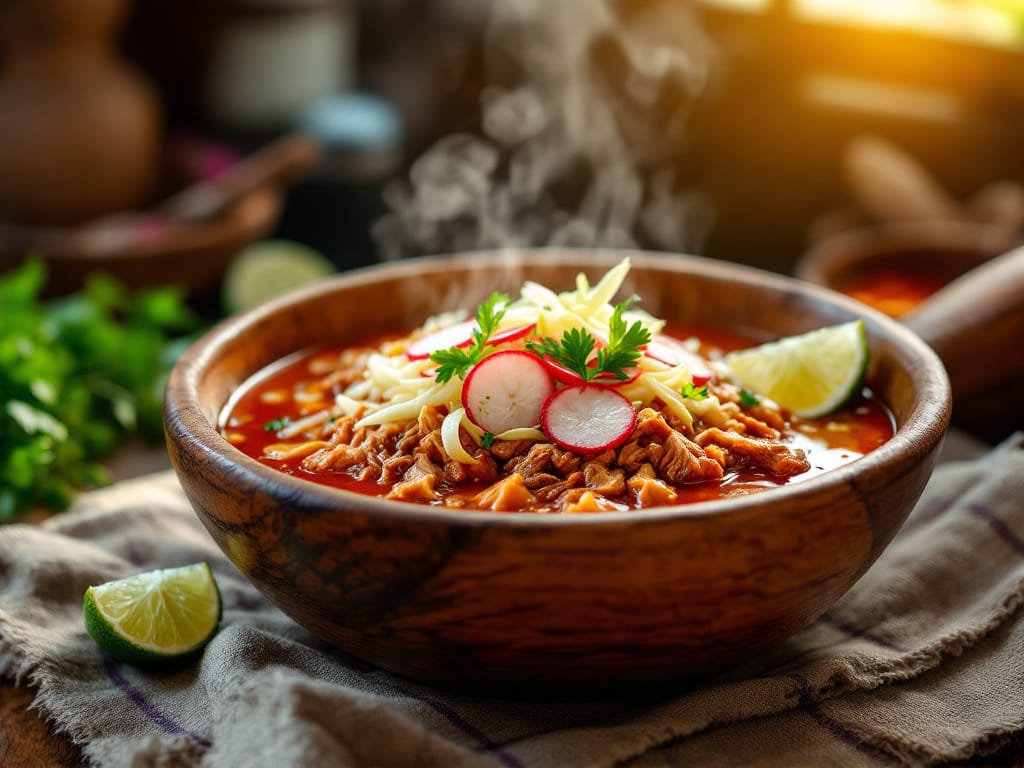
Why Pozole Meat Choices Matter
The Impact of Meat on Flavor and Texture
The type of meat used in pozole significantly influences its flavor and texture. Turkey contributes a fatty richness, while chicken creates a lighter, more refreshing taste. Beef adds a robust depth, and seafood delivers a unique coastal flair. Experimenting with meat allows you to customize the dish, making it your own.
Versatility for Different Preferences and Diets
One of pozole’s greatest strengths is its adaptability. Whether you’re looking for traditional flavors or plant-based options, there’s a version of pozole to suit every preference. Mixing meats or opting for vegetarian ingredients shows how this timeless dish continues to evolve while remaining true to its roots.
The Cultural Significance of Pozole Meat
Pozole’s Role in Mexican Traditions
Pozole holds a special place in Mexican culture, often served during significant events such as Independence Day, Christmas, and birthdays. The choice of meat, traditionally turkey, symbolizes abundance and hospitality. Whether enjoyed with family or at festive gatherings, the dish brings people together, strengthening its cultural importance.
Modern Adaptations and Global Appeal
While turkey remains the traditional choice, pozole has adapted to modern preferences and dietary trends. From vegetarian options to unique combinations like seafood and turkey, the dish has gained popularity worldwide. Exploring what are the different types of pozole meat showcases its versatility and appeal to diverse palates.
Tips for Perfect Pozole Meat
Choosing the Right Meat for Your Pozole
The type of meat you select will influence the dish’s flavor and texture. For a traditional take, go for cuts like turkey or belly, which offer a rich and fatty profile. If you prefer lighter options, chicken breast or thighs are excellent choices. Beef cuts like brisket provide a robust flavor, while shrimp or fish add a delicate twist for seafood pozole.
Cooking Tips to Enhance Flavor
When preparing pozole, it’s essential to cook the meat slowly. Simmering allows the broth to absorb the meat’s natural flavors, creating a depth of taste. Season the broth generously with dried chiles, garlic, and onion, and don’t forget to skim off excess fat for a cleaner finish. These small details make a big difference in crafting a memorable pozole.

